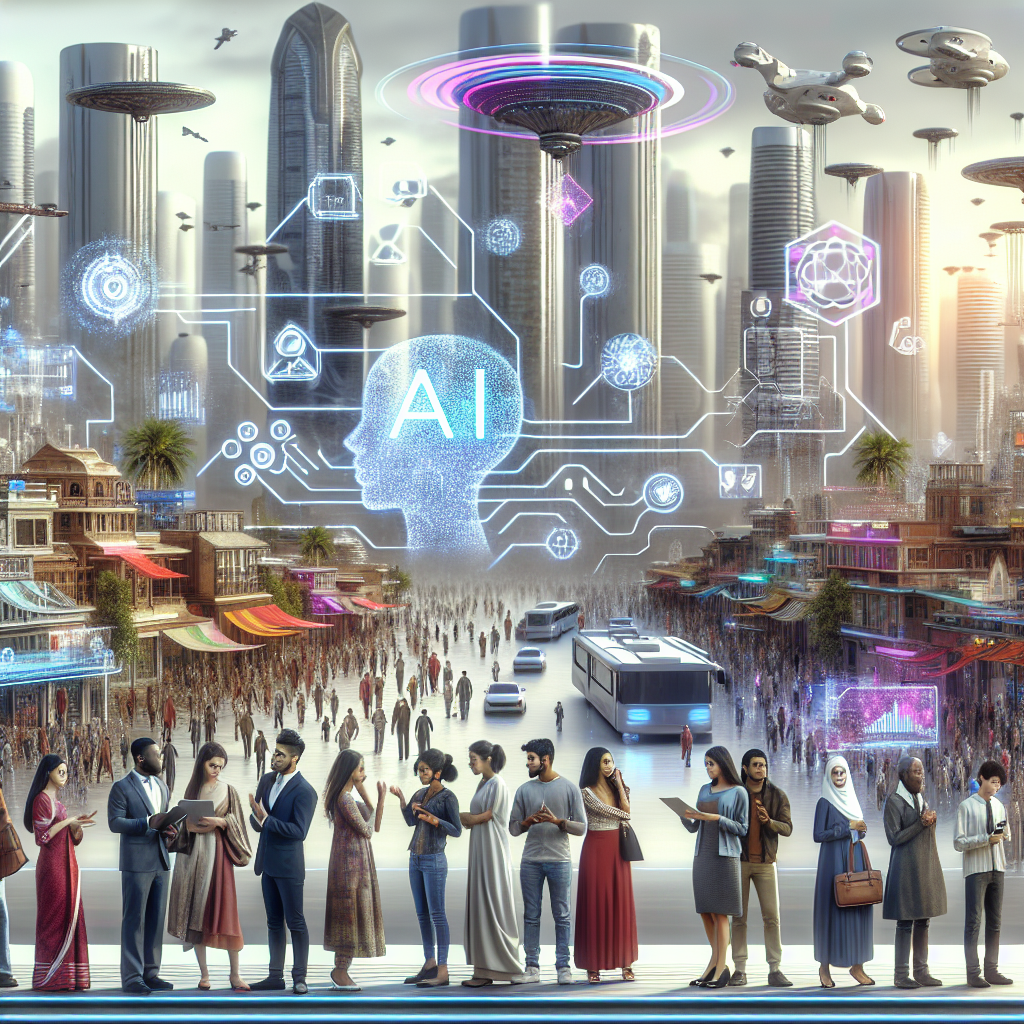Artificial intelligence (AI) has been a transformative force in many aspects of our daily lives, from healthcare to transportation to entertainment. But one area where its impact is particularly profound is in the realm of social change and philanthropy. As AI technology continues to advance, it is poised to revolutionize the way we address social issues and make a positive impact on society.
AI has the potential to revolutionize the way philanthropic organizations operate, allowing them to be more efficient, effective, and impactful in their efforts to create positive social change. From predictive analytics to personalized donor engagement to automated decision-making, AI has the power to transform the way we approach philanthropy in the 21st century.
One of the key ways in which AI is transforming philanthropy is through its ability to leverage big data and predictive analytics to identify trends, patterns, and opportunities for social change. By analyzing vast amounts of data from a variety of sources, AI can help philanthropic organizations better understand the root causes of social issues, target their resources more effectively, and measure the impact of their interventions more accurately.
For example, AI-powered algorithms can analyze social media data to identify emerging trends and issues that may not have been apparent through traditional methods of data collection. This can help philanthropic organizations stay ahead of the curve and proactively address pressing social issues before they escalate.
AI can also help philanthropic organizations personalize their engagement with donors, volunteers, and beneficiaries. By analyzing data on individual preferences, behaviors, and interactions, AI can help organizations tailor their communications, fundraising appeals, and program offerings to better meet the needs and expectations of their stakeholders.
Furthermore, AI can automate many of the routine tasks and decision-making processes that can bog down philanthropic organizations and prevent them from focusing on their core mission. By automating tasks such as data entry, reporting, and grant management, AI can free up resources and allow organizations to be more agile, responsive, and innovative in their approach to social change.
In addition to transforming the way philanthropic organizations operate, AI is also changing the way we think about social impact and measurement. Traditionally, measuring the impact of philanthropic interventions has been a complex and time-consuming process, often relying on surveys, interviews, and anecdotal evidence to assess the effectiveness of programs.
AI can streamline this process by automating the collection, analysis, and reporting of impact data, allowing organizations to track their progress in real-time and make data-driven decisions about where to allocate resources and how to optimize their interventions for maximum impact.
For example, AI-powered algorithms can analyze data from sensors, wearables, and other IoT devices to track the outcomes of social programs in real-time, providing organizations with instant feedback on the effectiveness of their interventions and enabling them to make adjustments on the fly.
Overall, the impact of AI on social change and philanthropy is vast and far-reaching. From improving the efficiency and effectiveness of organizations to revolutionizing the way we measure and achieve social impact, AI has the potential to drive positive change and create a more equitable and just society for all.
FAQs:
Q: How is AI being used in philanthropy?
A: AI is being used in philanthropy in a variety of ways, including data analysis, predictive analytics, personalized engagement, and impact measurement. AI-powered algorithms can help philanthropic organizations identify trends, patterns, and opportunities for social change, personalize their interactions with donors and beneficiaries, and automate routine tasks and decision-making processes.
Q: What are some examples of AI in philanthropy?
A: One example of AI in philanthropy is the use of predictive analytics to identify at-risk populations and target interventions more effectively. Another example is the use of AI-powered chatbots to provide personalized support and information to beneficiaries. Additionally, AI is being used to automate grant management, impact measurement, and other administrative tasks in philanthropic organizations.
Q: How can AI improve the impact of philanthropic organizations?
A: AI can improve the impact of philanthropic organizations by helping them better understand the root causes of social issues, target their resources more effectively, and measure the impact of their interventions more accurately. By leveraging big data, predictive analytics, and personalized engagement, AI can help organizations be more efficient, effective, and impactful in their efforts to create positive social change.

